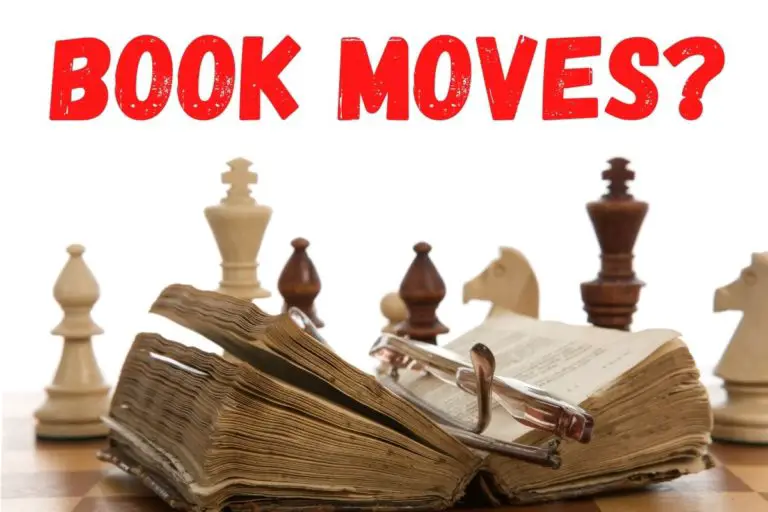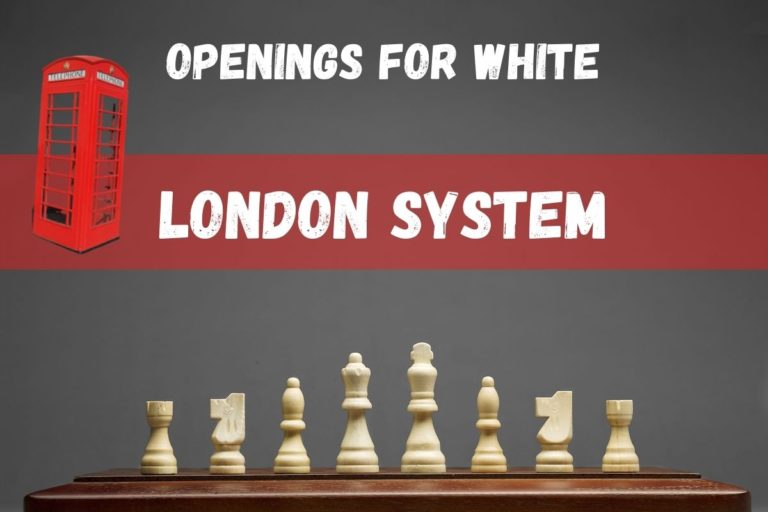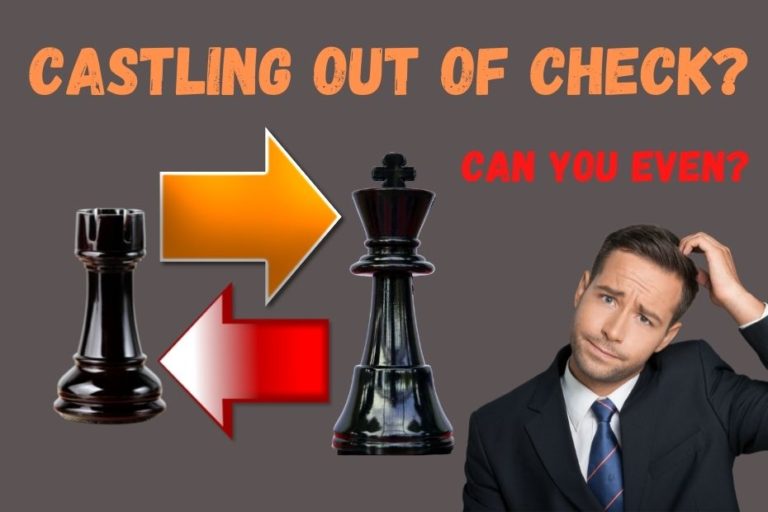The Italian Opening in Chess: (Moves, Variations and Defense)
⭐⭐⭐ Take 7 minutes to read and improve your chess game ➡️ : This article was first published on, and is Copyright of Chessquestions.com
The Italian Opening is a popular chess opening for white. In this article, we will discuss how to play the Italian Game, and explain the moves, some variations and two ways of defending against it. The Italian game can be played against other openings as well as it has a good reputation for being quite flexible and a strong opening.
What is The Italian Game in Chess?
As one of the oldest chess openings in written records, the Italian opening in chess was developed in the 16th century, although the name was not penned until Grecio played it in 1620 from whence it has remained one of the most popular openings for white in the game of chess and defined by 3. Bc4
We are now some 400 years down the line, and whilst famous white openings like the Vienna game have been somewhat shuffled down the list of openings for white pieces in chess, the Italian, thanks largely to its versatility and varying lines has remained popular to this day
The Italian Opening Moves
- 1. e4 e5
- 2. Nf3 Nc6
- 3. Bc4
There are five moves in total that define the Italian opening, although 3…Bc4 is THE defining move after opposing e-pawns open the game with opposing Knights making the 2nd move for each side. When the ‘Italian bishop arrives on the square c4, we have the Italian game.

The Italian Game is one of the most popular openings in chess and has many different variations. It is often used by beginners because it allows them to develop their skills quickly.
The first few moves are easy to remember, being a King’s pawn opening. When black responds with 1…e5, the white kingside Knight is played 2. Nf3 attacking the e5 pawn and Black will usually defend the pawn with 2…Nc6 and that’s the signal for 3. Bc4 and the Italian game is underway.
From here, we move into various lines including the Giuoco Piano, or Two Knights defense most often, while the Hungarian Defense and the Evans Gambit are probably the next most popular lines.
The Italian game is a good opening for Beginners
Given the complications of so many different lines in the Italian game, one is often asked ‘Why play the Italian game?’, the answer is simple
The Italian opening for white is a good solid game, and once the basics are learned, it will set up a beginner on a path for learning more openings with more complex lines, and understand better how to transpose from one opening line to another, dependant on your opponent’s reaction to your moves.
Despite its complexities, the further into the variations you delve, the Italian Game is one of the most common openings in modern chess.

So we have the first five moves, I think it is time we started looking at where we go from the defining 3. Bc4.
I am using chess notation in this article, if you find this confusing, I would recommend, heading over to my chess notation guide, and in fact, firstly, having a look at my chess board numbers and letters page, where, with 20 minutes, you will quickly get to grips with it.
When you come back, you will be better placed to visualize the algebraic notation language and positional games, and you’ll be drawing pictures on the ceiling in your mind Beth Harmon style before you know it.
Italian Game Main variations
The main variations of the Italian game, which you will find yourself playing, whether you know them or not, based on blacks’ response to your 3. Bc4 are as follows
- Giuoco Piano Game C50
- Two Knights Defense C55
- Hungarian Defense C50
- Evans Gambit C51
I aim to add more in-depth articles on these variations and will add the various links once complete.
1. The Giuoco Piano
When black follows whites Italian opening defining move 3. bc4 with Bc5, we have the Giuoco Piano variation and what is often called the quiet game.

The main line continues here with white playing, 4. c3 and black developing the second Knight with 4…Nf6.
From here the main Giuoco Piano game continues, 5. d4 attack the pawn and bishop, where black takes with the e pawn , 5…exd4
White pushes a pawn 6. e5 attacking the Knight on f6 and black develops the d pawn to attack the white bishop with 6…d5 whereby we should pull our bishop back on square on the diagonal.
2. Two Knights Defense
The 2 knight defense is one way for black to defend against the Italian game.
Black playing 3…Nf6 after 3. Bc4 begins the Two Knights defense.
At this juncture, White has a couple of options, to either develop the knight to 4. c3 and make it a four knights game (Italian version), or a move which is considered the same by the chess engines to 4. d3 to defend the pawn, and expect 4…Bc5 in return moving into the Giuoco Pianissimo, the not so quiet game.
More on these variations in the Two Knights defense article
3. Why play the Hungarian Defense
The Hungarian defense sees us play the Italian game in the normal fashion with the move 3. Bc4 and then black dictates the variation by playing a little short bishop move 4…Be7 just pulling the bishop in front of the king and initiating the Hungarian defense.

The Hungarian is not often seen in the modern game, but can be an interesting choice against the aggressive Bc4 but generally white should be happy to see it and to continue developing with 4. d4
Expect 4…d6 whereby you can be an exchange with 5. dxe5, but you may have your hand forced, if black surprises and plays 4…exd4 instead whereby you take back with the Knight 5.Nxd4
4. The Evans Gambit
We have to go back to the Giuoco Piano for the Evans Gambit. White plays the 3. Bc4 which defines the Italian game. When black mirrors with the bishop with 3…Bc5, the Evans Gambit is initiated with 4. b4, offering the pawn to the bishop, to be accepted or declined.

Plainly at this stage there are two potential outcomes, the gambit is accepted whereby white initiates a strong attack and 4…Bxb4 is played, or there are many different moves black can make to decline the gambit but in doing so tempo is lost.
See my main article on the Evans Gambit for more information on how
The accepted gambit opening can run as far as 21 book moves in the Giuoco Piano Game: Evans Accepted, Pierce, Compromised Defense, Main Line
1.e4 e5 2.Nf3 Nc6 3.Bc4 Bc5 4.b4 Bxb4 5.c3 Ba5 6.d4 exd4 7.O-O dxc3 8.Qb3 Qf6 9.e5 Qg6 10.Nxc3 Nge7 11.Ba3
How to defend and counter the Italian game as black.
Playing against the Italian is always going to be a tough situation with the black pieces, so you have to be prepared to make the best move at the optimum time and learn this opening well
Blackburne Shilling Gambit
Here we have the classic Italian opening to 3. Bc4, but then, black can gamble the e5 pawn by playing 3. Nd4

The exposed black pawn piece sacrifice in the gambit on e5 should not be taken by white, but, this is a gambit that should only be played at much lower level chess.
Why? Because white can never resits this 4. Nxe5 capture being a one-move special and not seeing the danger of 4…Qg5 attacking pawn the Knight on e5 now and the g2 pawn and has already given up center control, but worse is yet to come.
White Italian players should retreat with the bishop back to e7 and black wins the knight – not the g2 pawn.
Often white will want to attack the queen with the threatened knight and so as not to lose out completely might play 5. Nxf7 – This is gold for Black if they do, white is lost in this position as 5…Qxg2 forces 6. Rf1 whereby black wins the pawn on e4 with 6…Qxe4

If the bishop retreats with 7. Be2 it is mate-in-1 with 7…Nf3 for a smothered mate.
As I say, you’ll not get away with this, even at an intermediate level, but you’ll often catch out learners.
Here is another Italian defense, this time looking for an early castle from white as your signal.
Italian Game, Two Knight defense, 4. 0-0
Always look out for the early kingside castle for white when facing the Italian, it is the gateway to gain an advantage when arriving at 4. 0-0.
White has better moves but at a lower level of chess, you will often see players opening with the Italian and then literally a fluff of the lines as they suddenly remember that Castling early is a good idea.
Not in the Italian at 4. 0-0 it’s not.

Here’s what to do. Capture the pawn with 4…Nxe4
The best move for white here is 5. Bb5 but again at lower levels this rarely happens, and 5. Bd5 is more common when white feels they’ve forked the Knights.
If this is the case just move your Knight back 5…Nf6 and the bishop on d5 looks silly and your still a pawn up and threatening the bishop who should now take the Knight on c6 but often doesn’t.
Even if it does, you capture with the d-pawn (very important) and we are ahead on development and a pawn up.

Questions about the Italian Game in Chess
Is Italian a good chess opening?
The Italian opening is a good chess opening when played well by the white pieces and especially if playing the Evans Gambit when accepted. Resist the early castle at 4. 0-0 and you’ll have a solid center to take into the middle game.
Why is it called the Italian Game?
Gioachino Greco (c. 1600 – c. 1634) was an Italian chess player and writer. He recorded some of the earliest chess games known in their entirety. And around 1620 penned the name of the Italian opening
Is the Fried Liver Attack part of the Italian opening?
The Fried Liver attack can be built from the Italian game, it is defined by the moves 1.e4 e5 2.Nf3 Nc6 3.Bc4 Nf6 4.Ng5 d5 5.exd5 Nxd5 6.Nxf7, and you can find out more about it in the Fried Liver attack guide






